Thanksgiving week seems like the perfect time to talk about Colonial Style Interiors. It was, after all, the style that was in vogue when our government was in its infancy.
Thomas Everard House in Colonial Williamsburg
Last week I shared a post on the Wreaths of Colonial Williamsburg and left you with this image of the Thomas Everard house in Colonial Williamsburg.
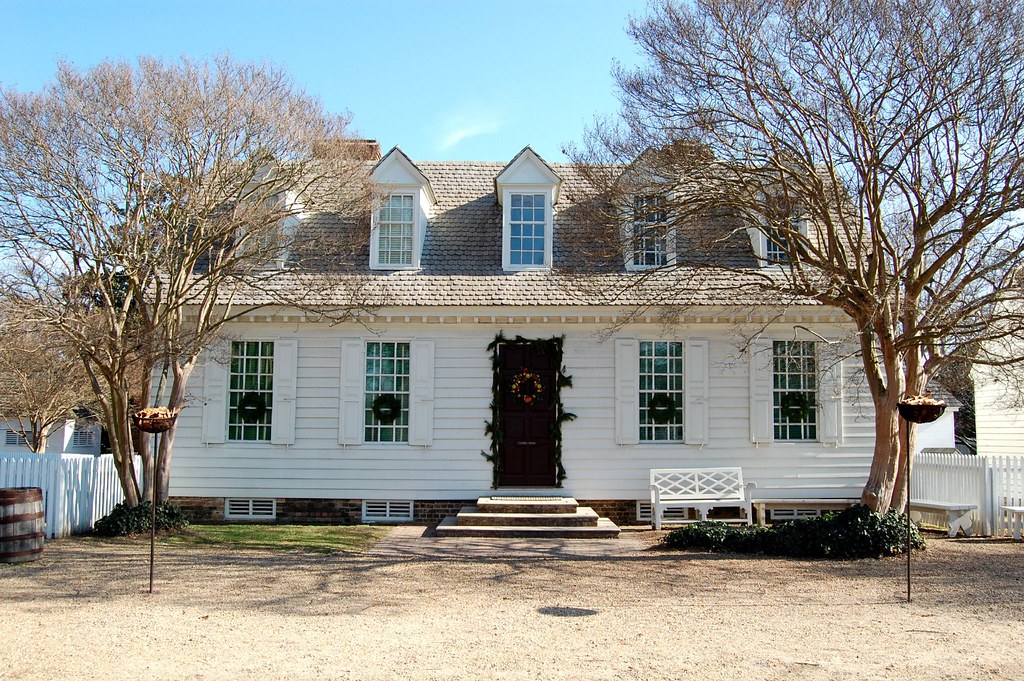
The house is a five-bay, timber framed, story and a half home built of split weatherboard in 1718. (You may read about it’s detailed history HERE.) It is located right next to the Governor’s Palace in Colonial Williamsburg. They offer very limited private tours to view the interior of the house which contains many good 18th century antiques, a lovely staircase, an original brick kitchen as well as fragments of old wallpaper and paint that have helped in its authentic restoration.
I had been unsuccessful in signing up for the tour online. Upon arriving at Williamsburg I inquired about the tour and was informed it was filled to capacity. I had come too far to just give up and walked to the house in the early morning with the hope that perhaps one person in the tiny privileged tour group would not show up or that they would take pity on me if I pleaded and begged.
As I stood alone as the clock ticked ever closer and closer to the starting time. For a moment I sat on the white bench. Then I walked the gravel yard. I took photos and yet I remained alone. A woman peeked her head out and looked perplexed. She asked “Is anyone joining you?” I explained my plight in earnest. The door was shut. A few minutes later it was opened by John, a volunteer and tour leader.
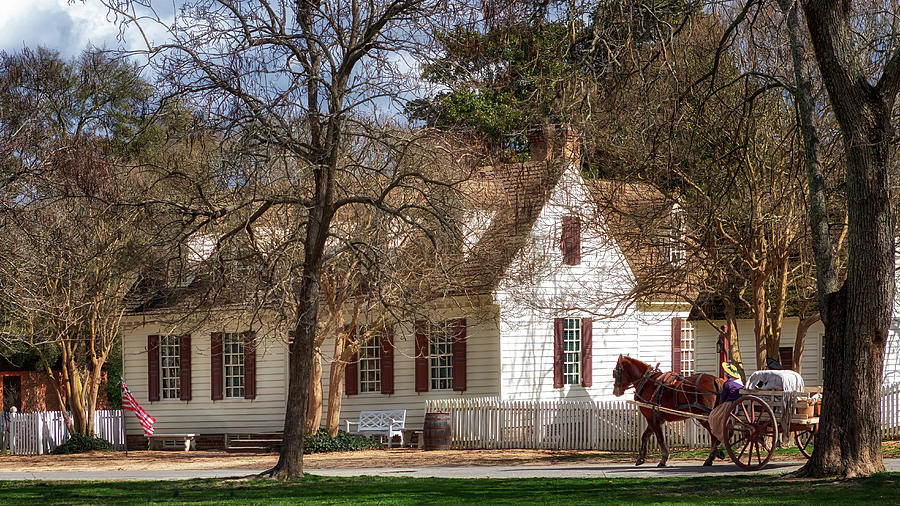
Victory
He ushered me in. “It appears that you will be the only one on the tour ~ is that ok?”
WHAT!!!! Touring beautiful rooms filled with precious antiques alone~ loosen my stays and get me my smelling salts STAT!
As I came to I was led into the family dining area.
Colonial Style Interiors
Just myself and the well-educated John, alone for one full hour, in a house full of antique furniture. This is my idea of heaven! But I’m dorky like that.
I took copious notes and asked enthusiastic questions. John, an elderly gentleman, is retired and now crafts lovely authentic reproduction furniture for Williamsburg. He quickly caught my enthusiasm and began offering much more information about the home than what is normally offered on the tour.
“No one has cared this much in years! I am so happy that a young person is interested!” Look at this hand painted oilcloth floor covering! The middling sort tried to replicate the marble tiles they saw in the homes of the gentry!”
You can make your own painted floor cloth as I did HERE or purchase one from such notable houses as Dunberry Hill Designs and Canvasworks Floorcloths.
Art And Wallpaper
The middling class couldn’t afford art such as the gentry had so they generally hung engravings that were far less expensive.
“Marriage a la Mode” was one popular print.
John wanted to make sure I noticed the wallpaper, also known as painted paper. It was a well-done reproduction. While the vast majority of colonists used a stencil and several colors of paint, only the well-to-do could afford wallpaper. A papered wall was a sign of wealth. (More history available HERE.) Today you can purchase well-done hand blocked printed Artisan reproduction paper from sources such as Adelphi and Hamilton~Weston.
Furniture
Please make note of the tilt top tea table. (Say that fast 4 times.) The tea table was also a sign of wealth and leisure.
Most of the furniture in this room was done in the Queen Anne style with cabriole (s shaped) legs and featured pad and slipper feet.
Here is a close up.
The wood of choice was walnut and mahogany. Early chair styles featured plain backs which were “Crooked” or S-curved and conformed to the sitters spine. Mid style chairs featured the vase shaped splat.
Chairs made in the later “Chippendale” style (a blend of Gothic, Asian, and French Rococo designs) were more rectilinear, had square seat frames and straight stiles.
The most notable feature is the outward-flaring “ears” at the top corners of the chair, as seen here.
Moving into the living area you can also see that the middling class had more leisure time. As such furniture makers began creating tea and card tables as well as musical instruments. Botanical prints were also a popular choice.
The later Chippendale style also featured ball and claw with sharply articulated talons on the feet as opposed to the smooth contours of the pad and slipper foot shown earlier.
Gorgeous Color
I loved the shade of green in this room. Popular color choices were indigo blue, barn red, and yellow ochre. Pratt and Lambert offers the Williamsburg palette made up of 184 colors, while Finnaren & Haley has the Authentic Colors of Historic Philadelphia and Sherwin Williams also offers historical shades.
Any idea why such a high gloss finish was used?
Given that there was no electricity, the glossy finish aided in the disbursement of candle and fire light. Well placed mirrors also reflected light throughout the room.
Gentleman’s Office
Also downstairs was the gentleman’s office. Thomas Everard truly had a rags to riches story.
As printing was done all by hand, most books were very rare and expensive. Bookcases were lined generally with green linen to preserve the books from sunlight.
The masters bedroom was also downstairs.
The scrolled top of the four poster bed was covered in fabric.
John wanted to make sure you saw the hand blocked wall covering. (Wink!)
If I could have somehow carried this small desk out on my back without being noticed I would have. To my eyes, the wood graining, brass escutcheon, and hand pulls made this piece my favorite in the house. Pictures do NOT do it justice.
I wanted to sit in this slipcovered wing-backed chair to see if it was as comfy as it looked. John wouldn’t let me. But I did ask. 🙂
We then climbed the staircase which is notable for its richly ornamented carving on the stair brackets.
The children’s room. I loved the blue on the window trim and the tiny “Alice in Wonderland” door which led to attic storage.
The older daughter’s bedroom featured a lovely four poster feather bed.
Finishing with the servant’s quarters I questioned the presence of the desk and John said my inclination was right. Such a desk and chair would not have been in a servants room. Servant quarters generally featured the simpler styles of trestle tables, stools, and benches that were also found in the homes of the lower classes. Rope beds, like the one shown here, featured mattresses filled with rags, corn husks, or whatever was handy. Ouch.
Governor’s Palace
Sadly, it was soon time to bid John adieu. His next tour would soon start and I was meeting Mr. Décor and Sweet Boy to tour the Governor’s Palace next door.
The Govenors Palace was completed in 1722. It was a two-story brick house that measured inside 54 feet long and 48 feet wide, had sash windows, a cellar, one vault, a kitchen, and a stable. A fire destroyed the building in 1781. Reconstruction began in 1934.
The entrance hall is decorated in a manner to show the power of England. The display of bayonet-tipped muskets and numerable swords did invoke fear in me but mainly this was due to the lad who asked if he could take a knife off the wall. Mom said “No.”
The Royal Coat of Arms of Great Britian (Hanoverian period) shows up several times throughout the house and garden. Its motto: Diev Et Mon Droit.
This brass and glass candle sconce was stunning.
The Blue Ballroom
We were led into a beautiful blue ballroom. (You can read about the extensive restoration process which includes paint colors and techniques HERE.)
Impressive paintings of King George and Queen Charlotte hung across from one another.
The ballroom stove, which runs on coal, is quite large and detailed.
The moldings were some of the most elaborate I have seen outside of France.
I wish the sparkle of the crystal chandeliers was conveyed in this image.
The Supper Room
You can somewhat see the sparkle from the chandelier in the Supper Room.
Do you know how badly I wanted to stand on a ladder and expect the molding at length?
The gilt gadroon borders were modeled after Charleston’s Miles Brewton House and the New Hampshire Wentworth House.
The gold leaf borders a total of 466 linear feet and can be safely removed without damage to the paint, wallpaper, or plaster.
The hand carved woodwork surrounding the windows was equally stunning.
This is a good time to discuss that during the Colonial period window coverings were primarily either shutters or a simple linen shade.
In rare homes of truly great wealth silk draperies might be hung.
Lady Dunmore’s Bedchamber
Upstairs was Lady Dunmore’s bedchamber. Fabric used during the time was most often linen. Cotton was as expensive as silk due to the fact that the cotton gin had not been invented. Imported fabrics such as cotton calicoes and hand blocked prints from India and brocades and toiles from France were quite popular for the Gentry. Silk damask and wool velvet was enjoyed by both the Gentry and Middling class. Lower classes had to make do with homespun fabric which was known as cheney, harateen, moreen, camlet, and linsey-woolsey.
Today you can find reproduction fabric from Brunschwig & Fils, Scalamandre, and the Williamsburg line from Waverly.
Needle working was also immensely popular as it showed off a ladies fine skills. Samplers were popular for young girls while more experienced ladies would create fancy woven coverlets, quilts, lovely cross-stitch, crewel, and tapestries.
In Lady Dunsmore’s chamber, we also see an example of a chinoiserie chair. The styles of the Far East captured the design hearts of both England and the colonists. Another popular trend based on this style was Japanning ~ a technique developed in the West to imitate Asian lacquer work.
While this was a fairly extensive post, there is still so much more to Colonial Style. The DeWitt Wallace Decorative Arts Museum is a great source of information.
Recommended Reading
For additional study here are a few books:
Williamsburg: Decorating with Style: The Colonial Williamsburg Foundation
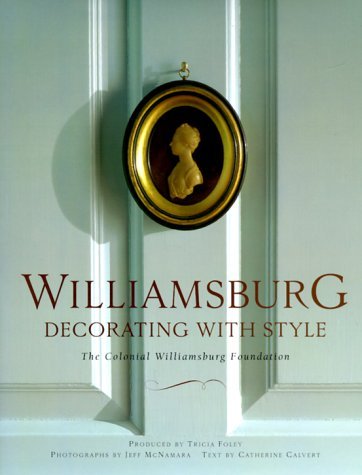
American Furniture in The Metropolitan Museum of Art: I. Early Colonial Period: The Seventeenth-Century and William and Mary Styles
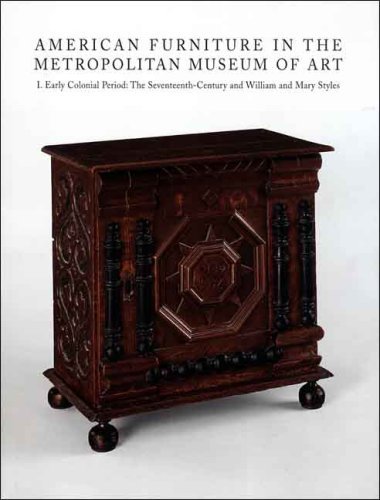
Tomorrow we will look at Colonial Fashions.
Laura


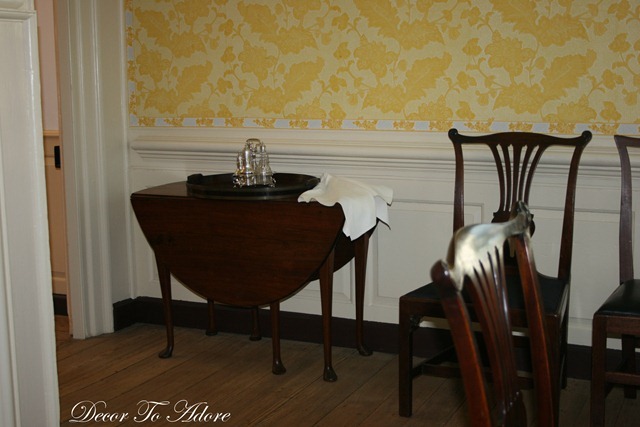
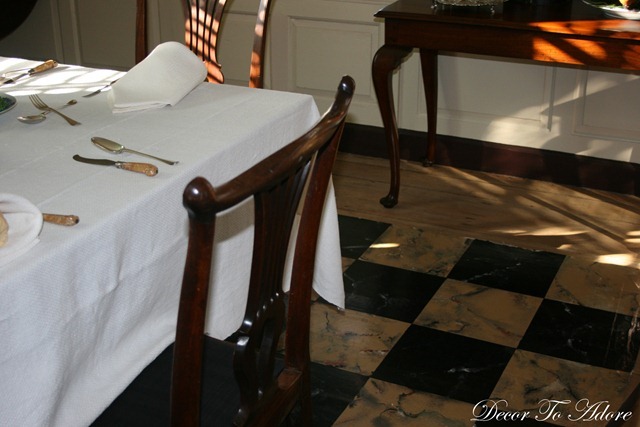
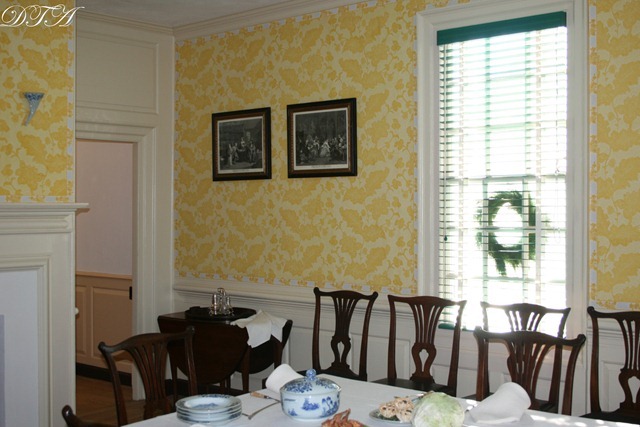
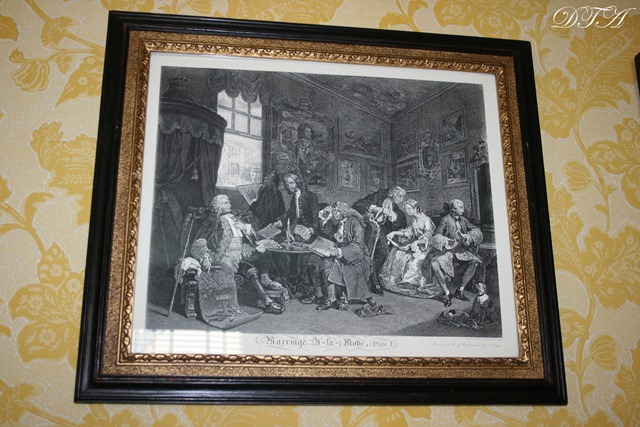
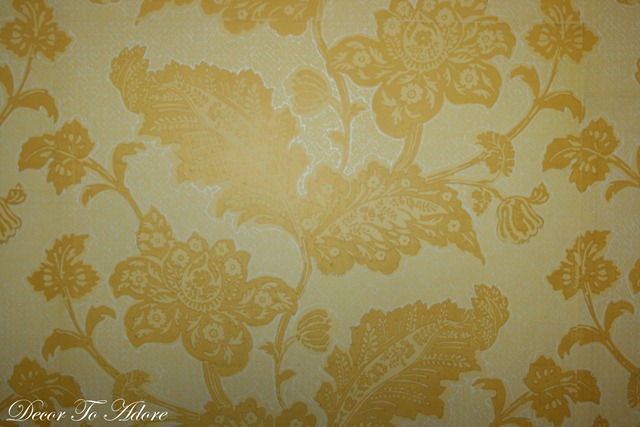

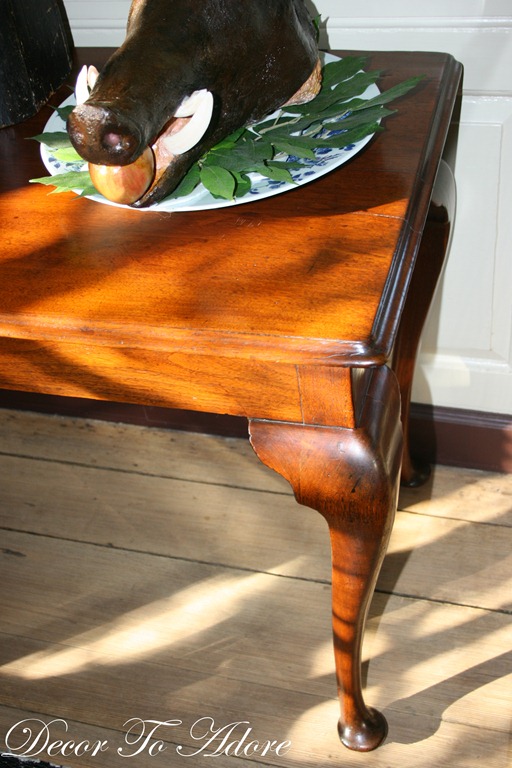
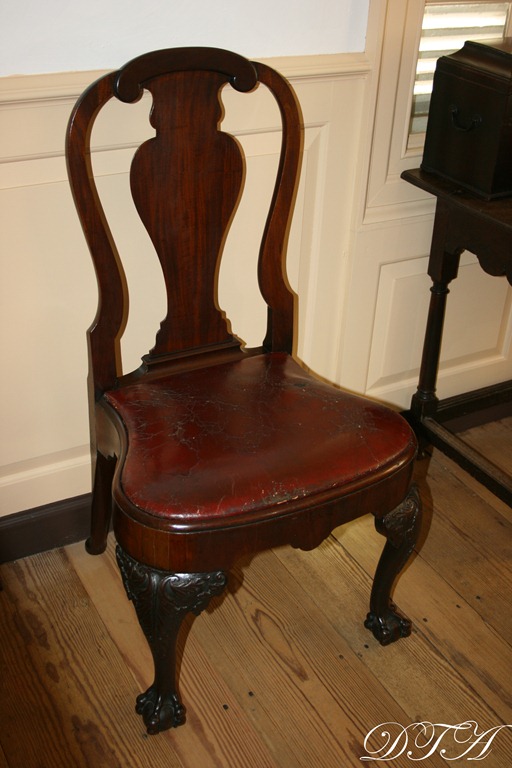
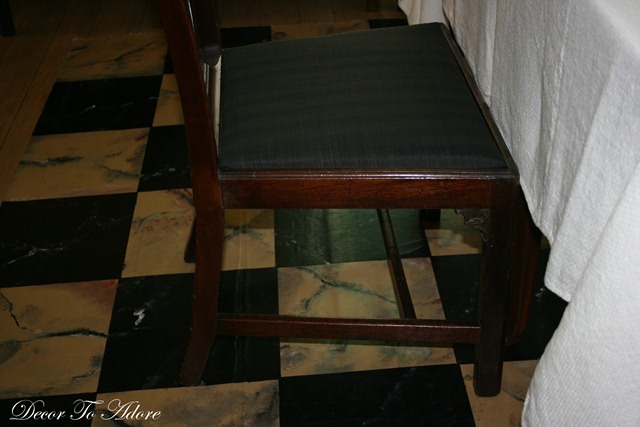
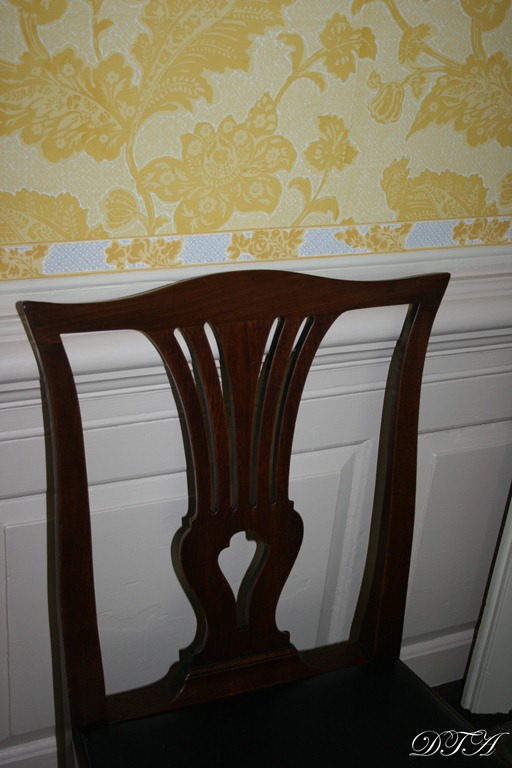
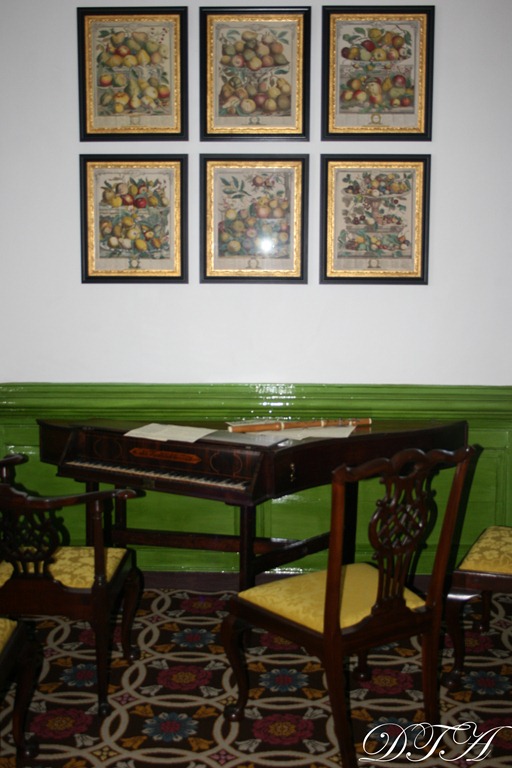
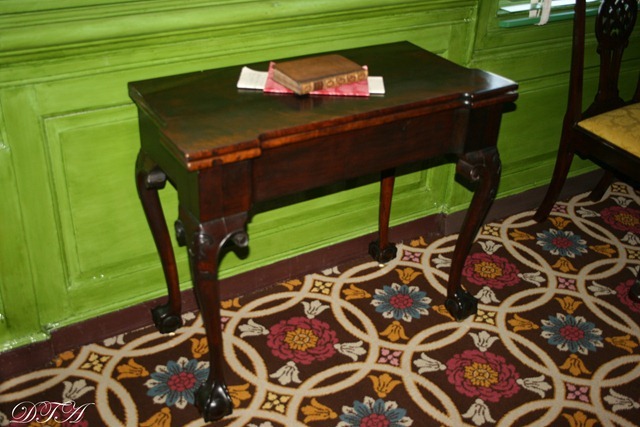
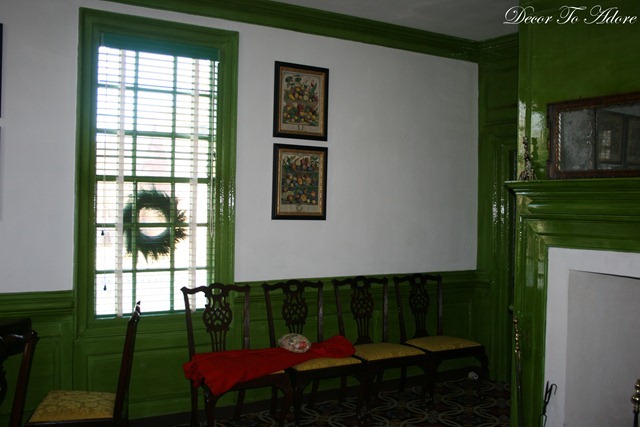
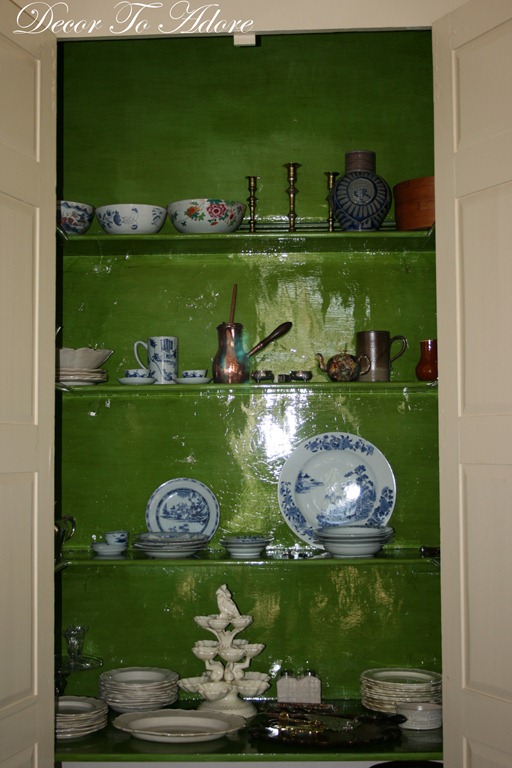
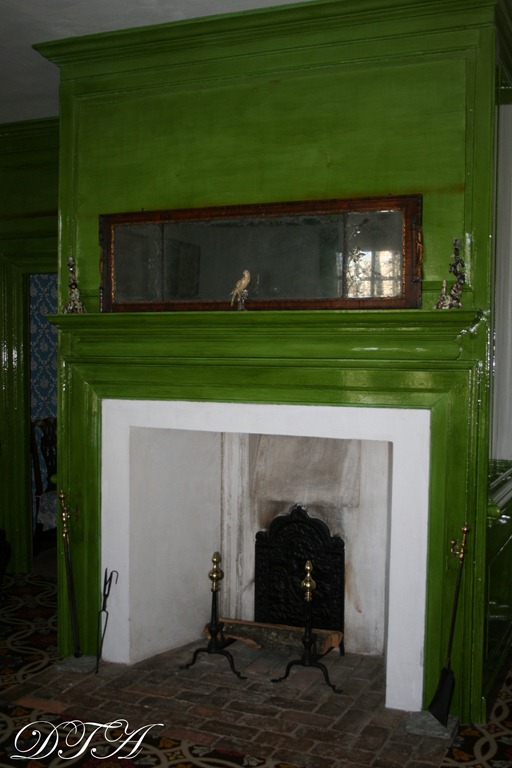
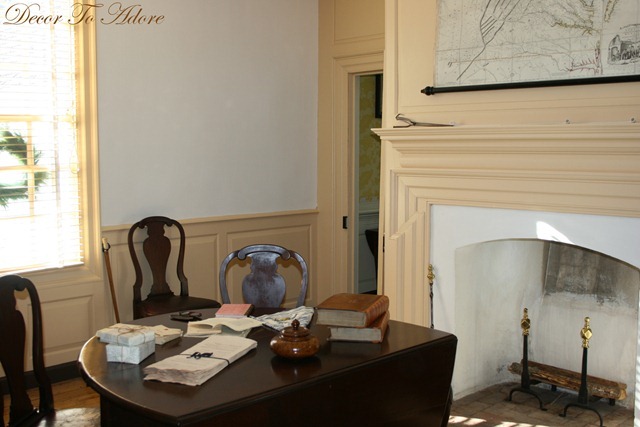
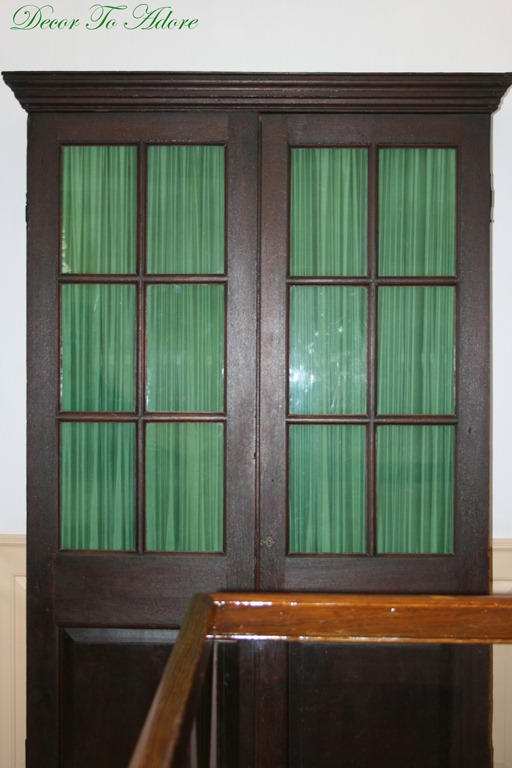
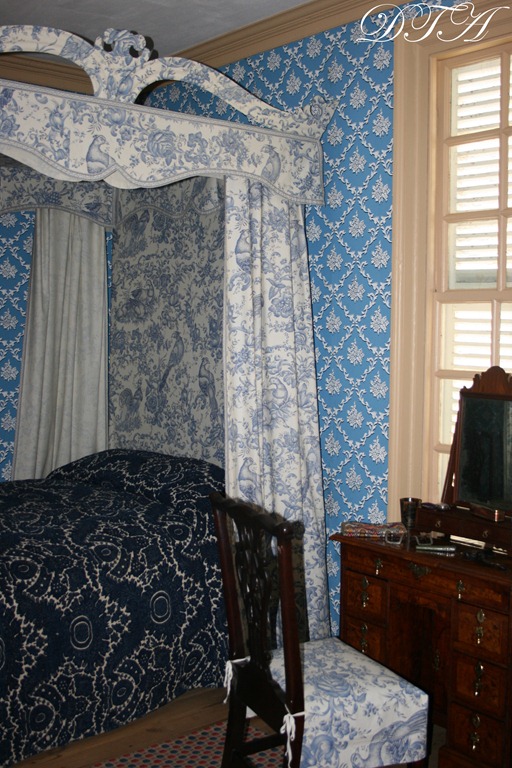

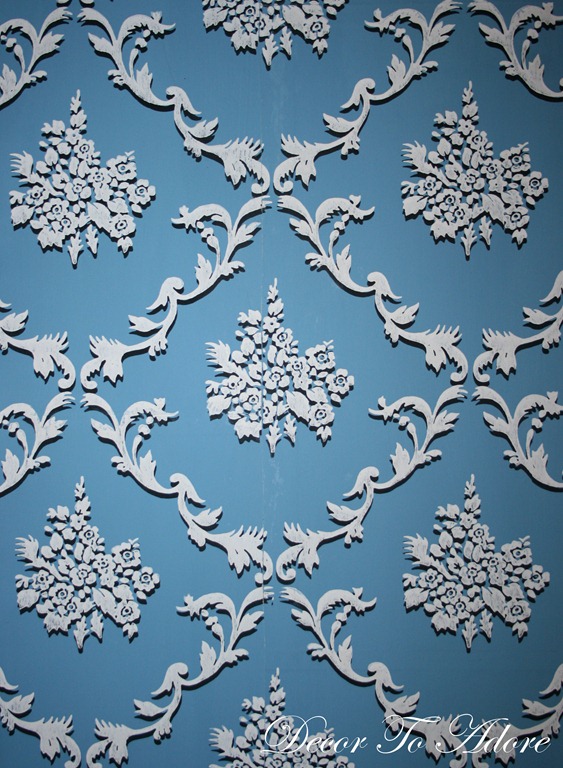
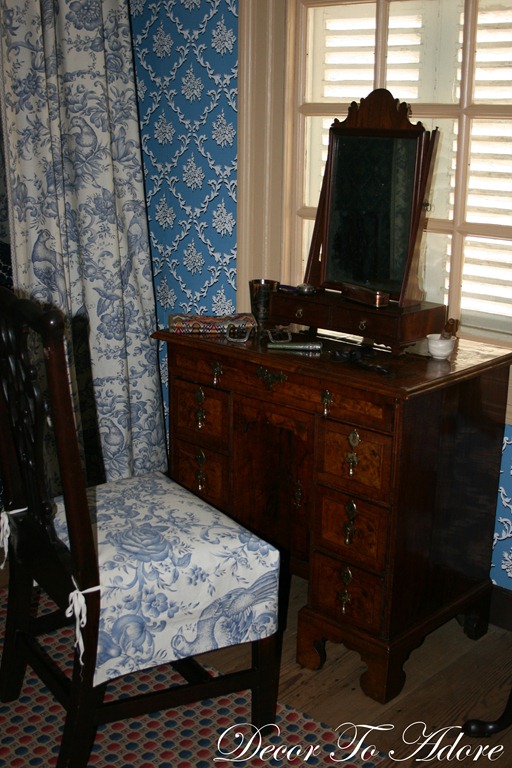
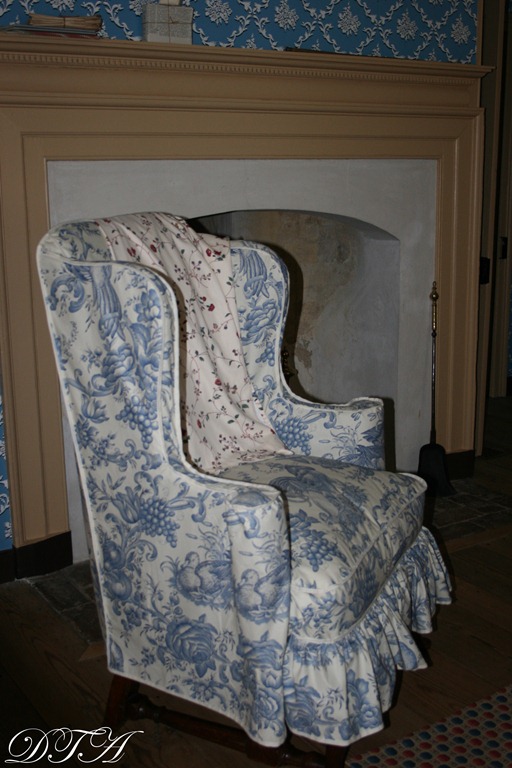
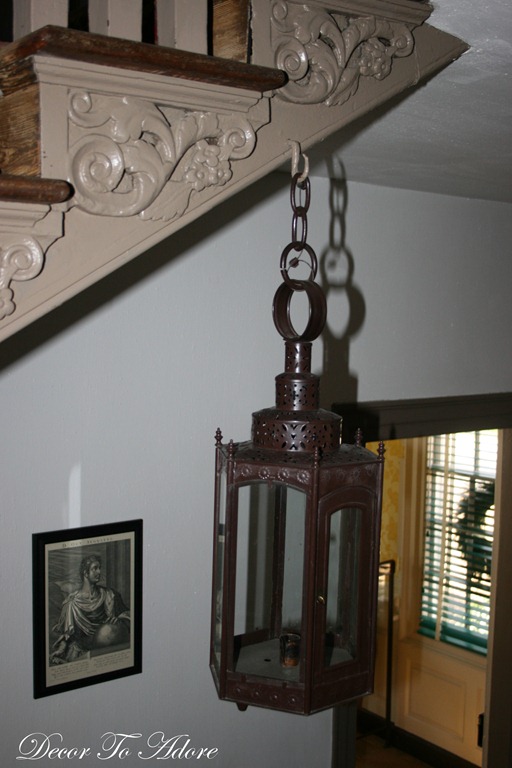

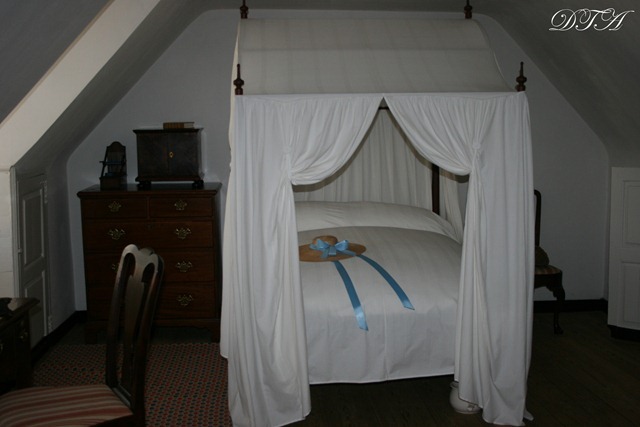
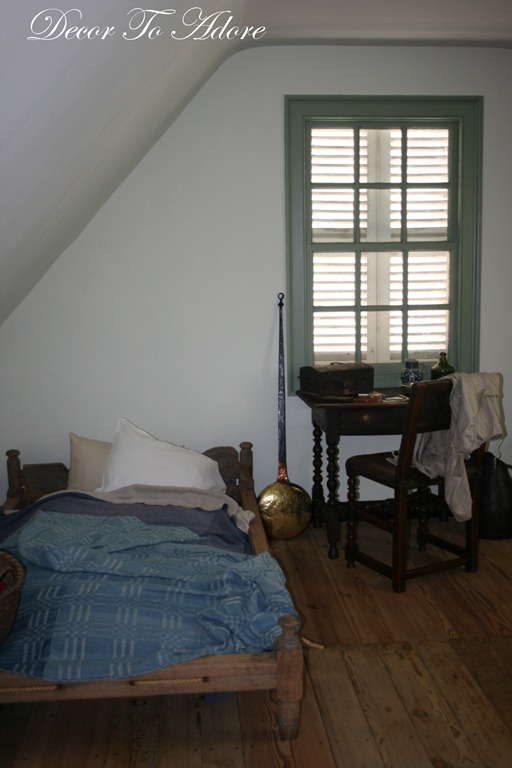

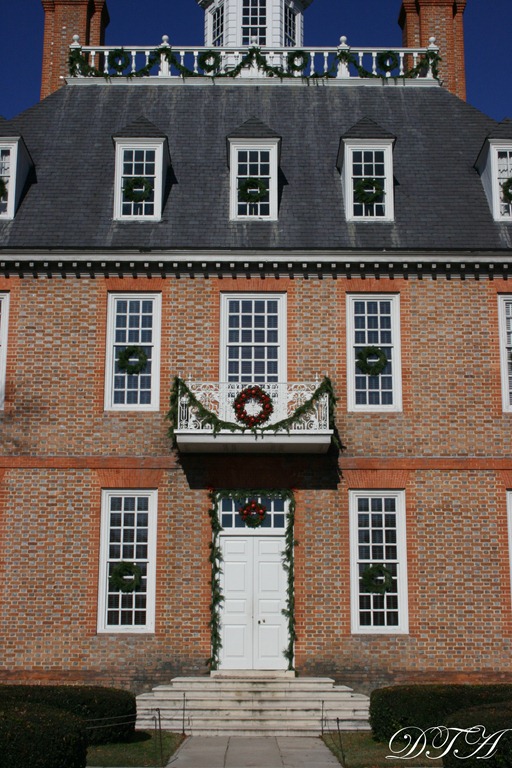
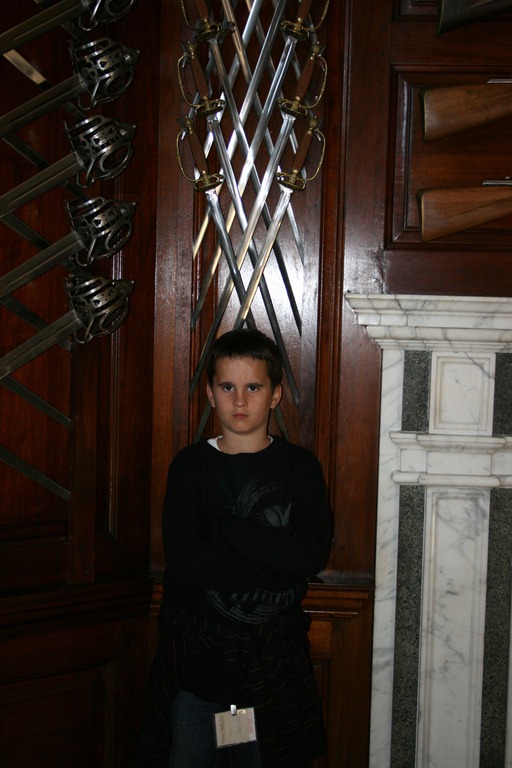
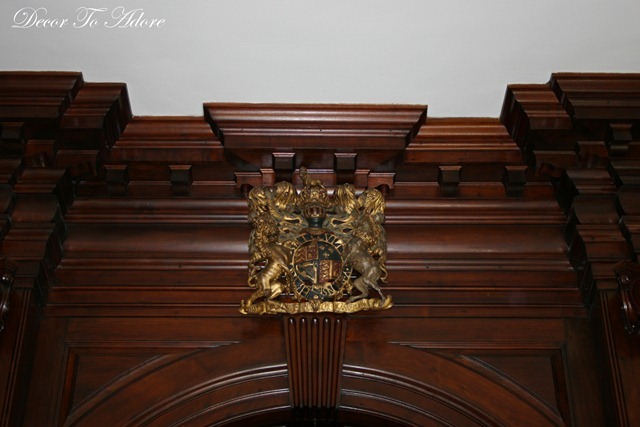
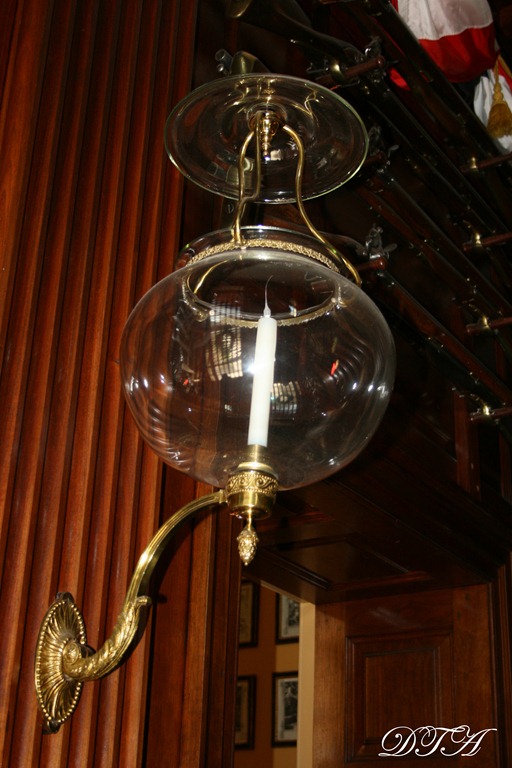
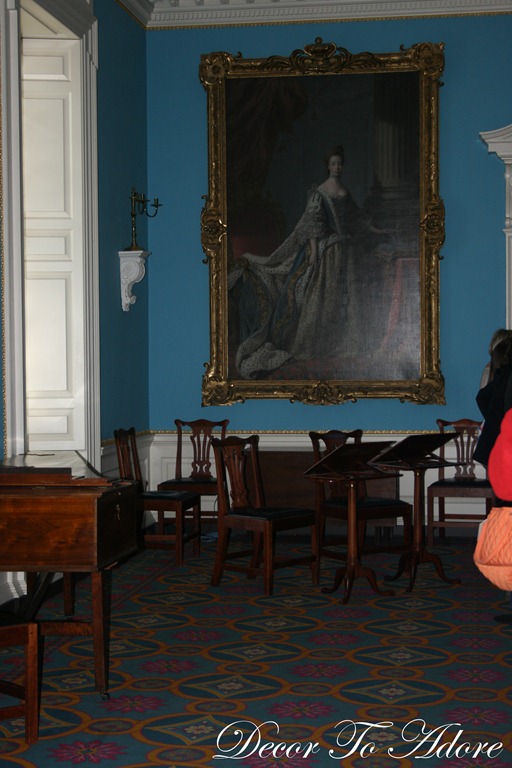
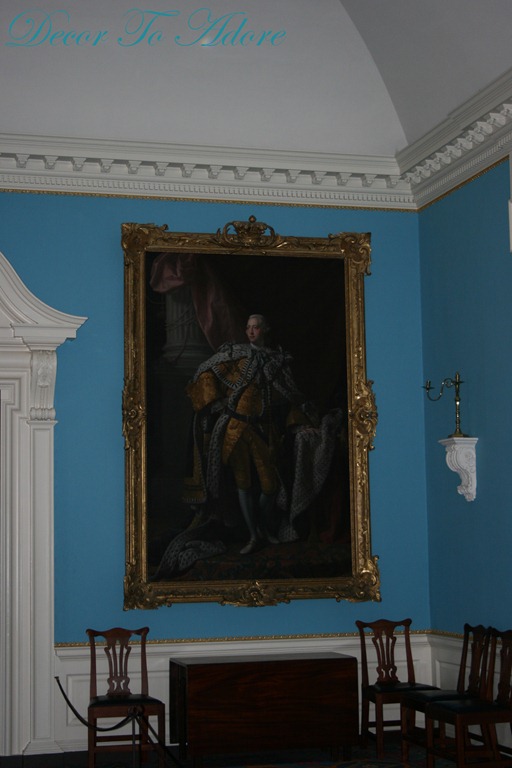
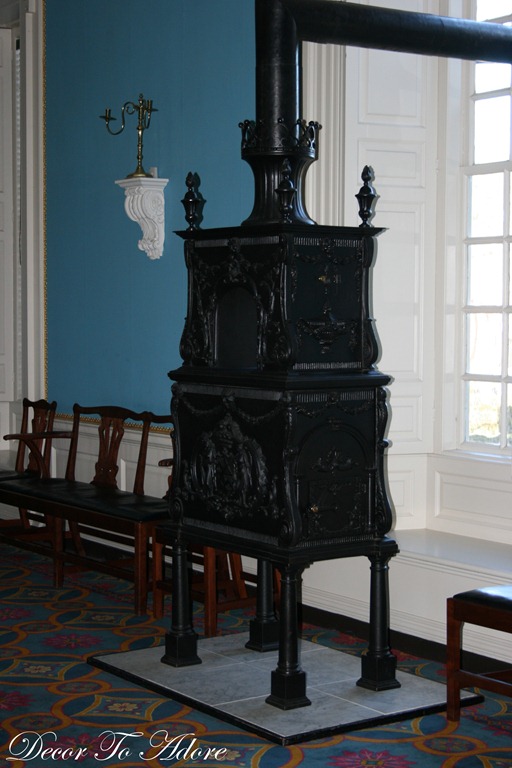
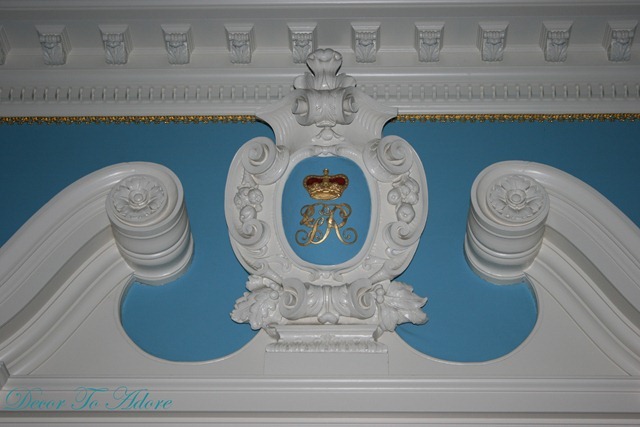
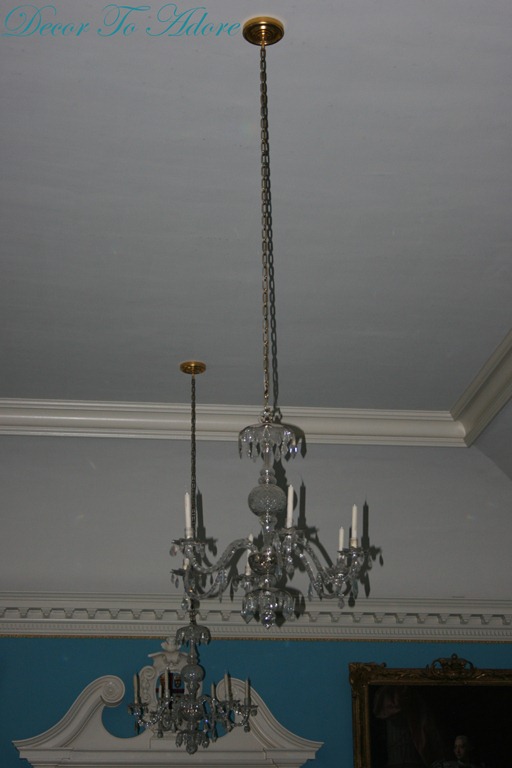

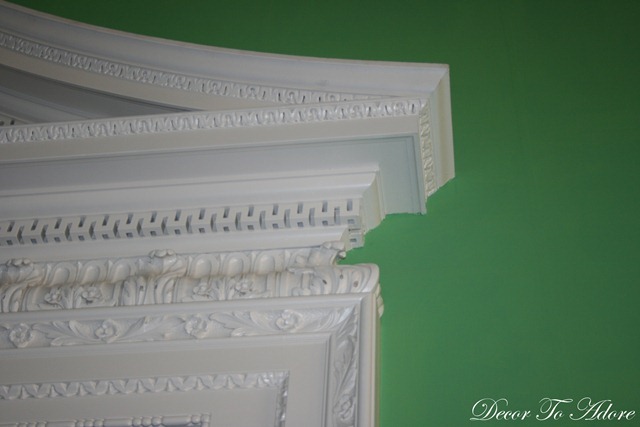
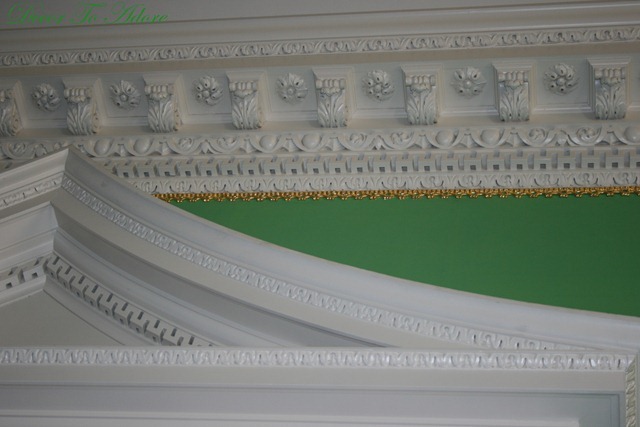
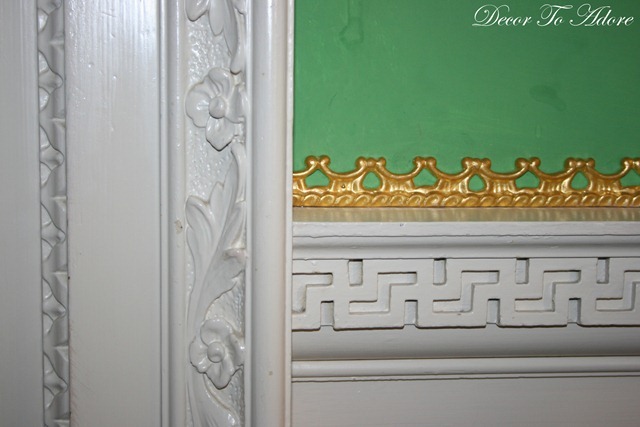
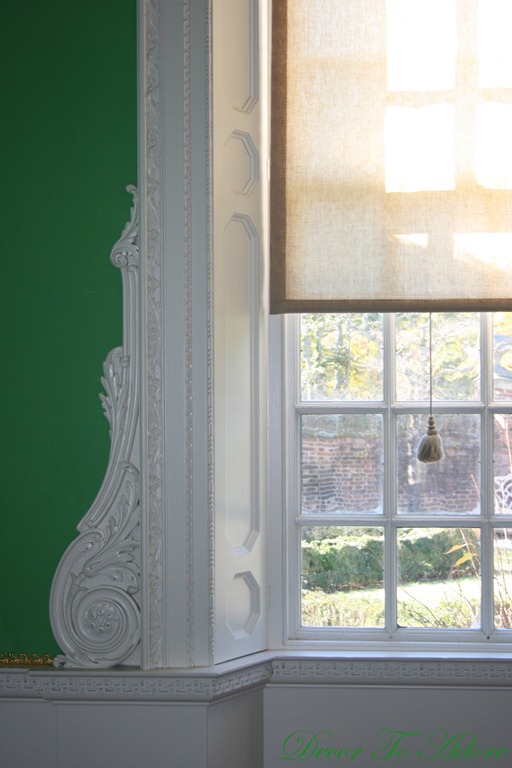
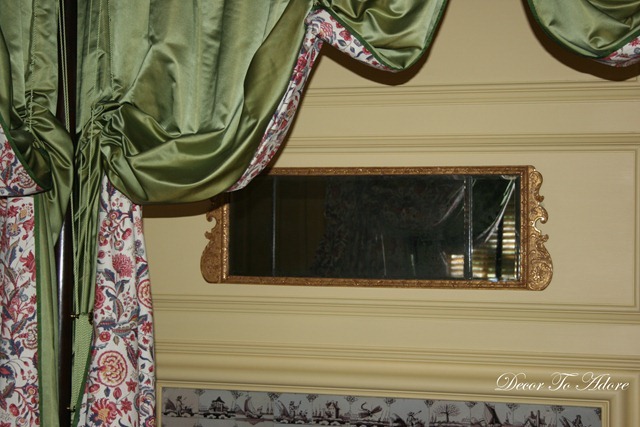

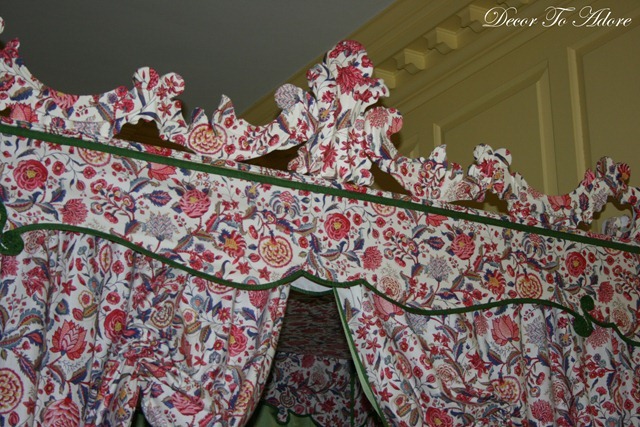

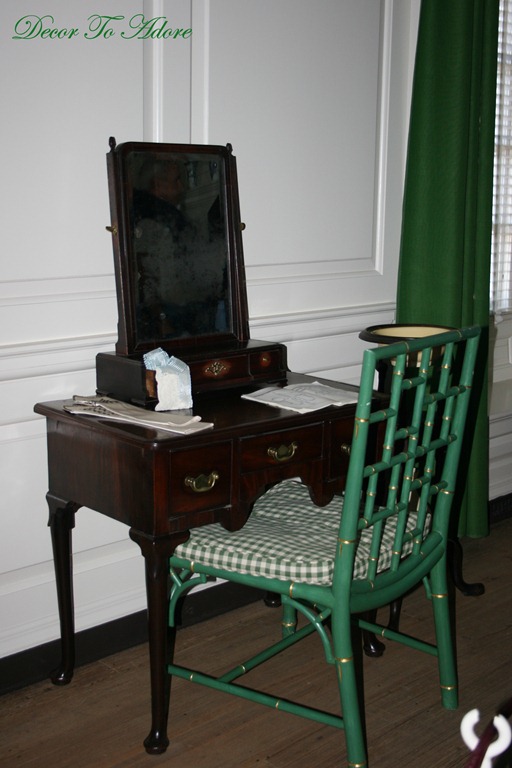
How wonderful that he gave you a tour!!! I loved all the photos from both homes! So BEAUTIFUL!!
Wow, how amazing to tour that beautiful home! I love touring any home, I can't imagine what the Williams burg home would be like in real life!
Laura,
A private tour — what a treat — but something you give your readers often! 🙂
I am enjoying seeing Williamsburg through your trained eye.
Your Friend,
Deborah
FairfieldHouseNJ.com
a tour that virtually turns back the hands of time. I love seeing the photos but I'm very grateful we arent back in those days..
hugs
Beautiful post. I am a fan of colonial decor… such elegance. Will be back tomorrow as I love colonial fashion.
Laura,
I've enjoyed your decorating series and this one was particularly fascinating. Should you ever get a chance to visit Winston-Salem, NC don't pass it up. You would truly enjoy visitng Old Salem which is the original village with all of its homes, gardens, trades, etc. What would really make you drool is the Museum of Early Southern Decorative Arts which is filled with not only furniture but actual rooms and reproductions of rooms from early southern cabins to their grand counterparts in Charleston, SC etc. I wanted at least half the furniture I saw there. CG
Thank you for the tour! Brings back memories visiting Williamsburg when I was a child. BTW, I LOVE that green color in the Thomas Everard house.
Dear Laura, I'm dorky in that way as well! And loven' it!
May you have a very blessed Thanksgiving.
God bless,
d
My first house was a colonial and I have many fond memories. My oldest son is right now attending law school in Williamsburg at William & Mary which is gorgeous and has such a rich history. Thanks for the beautiful tour and the history lesson! I loved it!
I LOVE the fact that you had a private tour! What a treat for you! And I'm sure your guide was absolutely thrilled to share some of his knowledge with someone so interested.
Lovely post, thank you for sharing Colonial Style with us.
Hi Laura! Oh, the early bird really did get the worm! I'm so glad you were able to tour the home. I've been to Colonial Williamsburg a few times but have never toured this house! It's so lovely! I received the little Acorn elf today – it's darling and the little candy went right into my tiny mouth!:)
Happy Thanksgiving, sweetie,
Shelia 😉
Hi Laura!
Do you still have elves left?????
I'm going to head over to your etsy shop.
I love seeing your photos of the old historic homes like this. I love the colors that they used too. 🙂
~Liz
Oh I loved seeing this tour. I love going to tours like this. They are so much fun and interesting. There is tour every Christmas season of some of the old historical homes here in LaPorte, IN. Everyone is so beautifully decorated for Christmas in the style of which the house is and the era. So beautiful and so inspiring. Thanks for sharing.
Oh Laura, how lucky you were to get the personal tour from such a knowledgeable guide. I would love it, but I'm dorky like that too. 😀
I love everything in the Everard house; it's like an episode of Antique Road Show. Thanks for sharing all the great pictures.
Happy Thanksgiving!
Denise at Forest Manor
Laura, what a lucky woman you are to be able to take this wonderful tour! So many stunning details and antiques to see! I know you just loved it all! Wishing you and your family a very Happy Thanksgiving!
How I love Williamsburg! Such a treat to visit your post tonight. Blessings to you and yours this Thanksgiving.
I can't even imagine living like this…such beauty and class.
Thanks for all the great photos.
Thanks, also, for the cute as can be little Pink Acorn ornament…and the candy, of course. :)) Fast shipment…thanks so much.
I would have been right there with you enjoying that tour. Lucky, lucky you. What a blend of patterns the master bedroom had. Was the material attached to wood to make the scrolled piece on top of the canopy bed? I love the carpet in the Governor's Mansion – it is wild and demanding, but so it should be for a ball room and it goes with the wall colour so well.